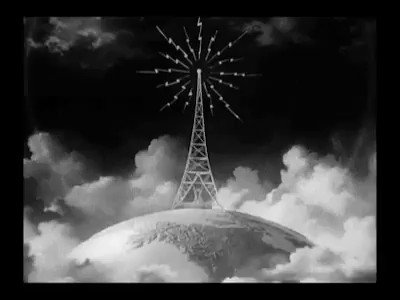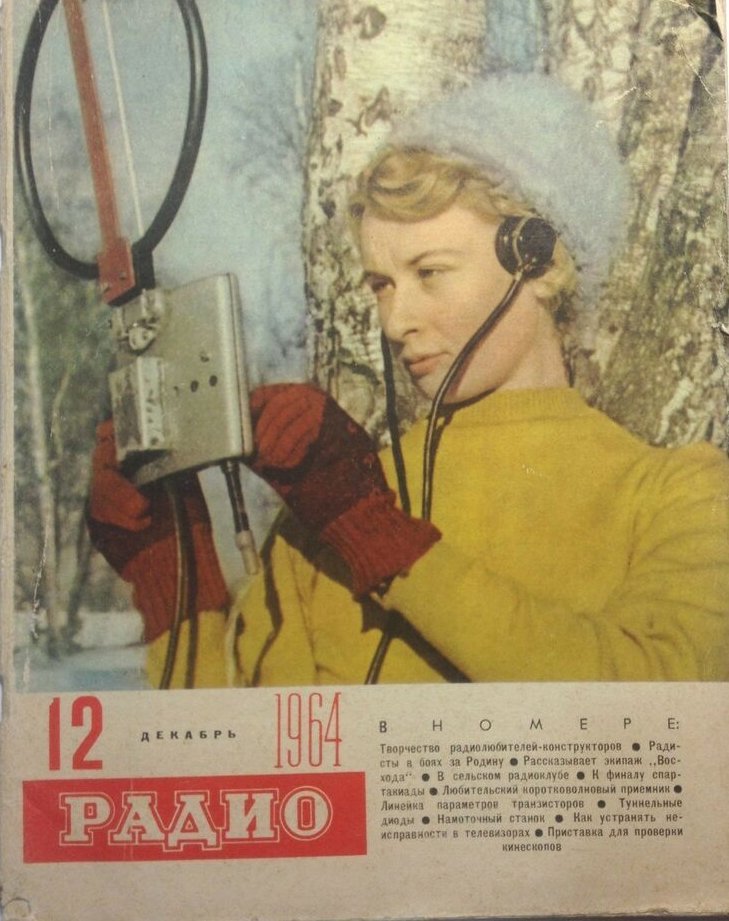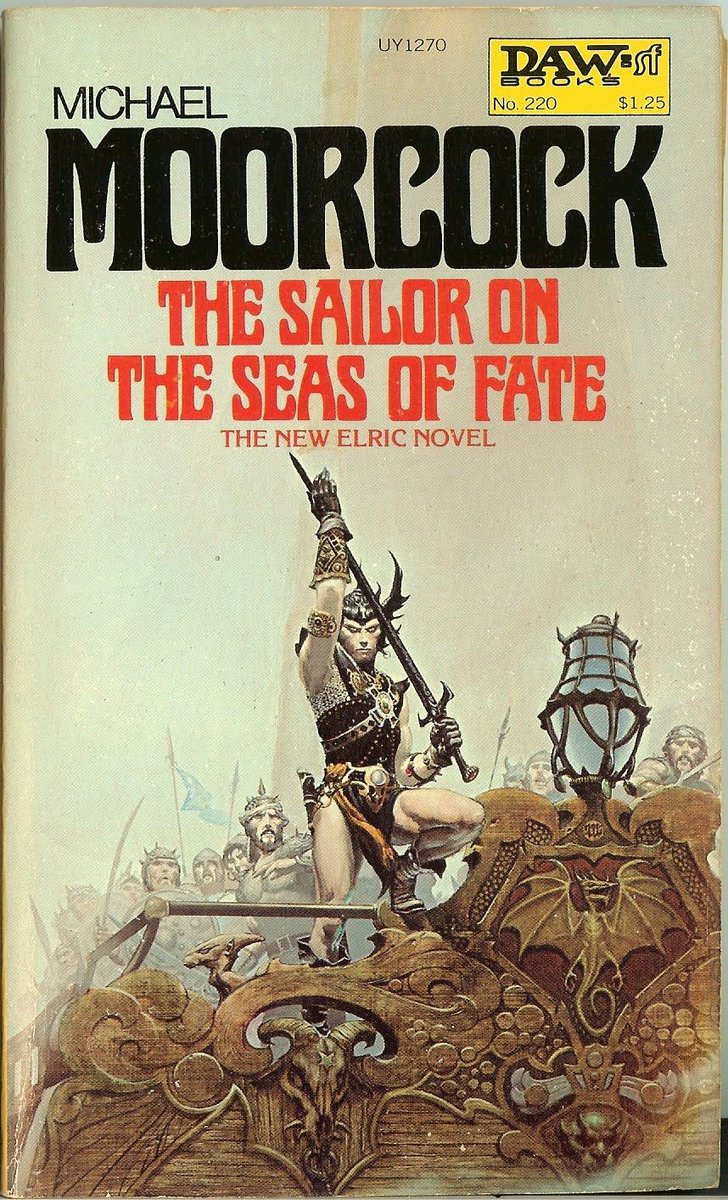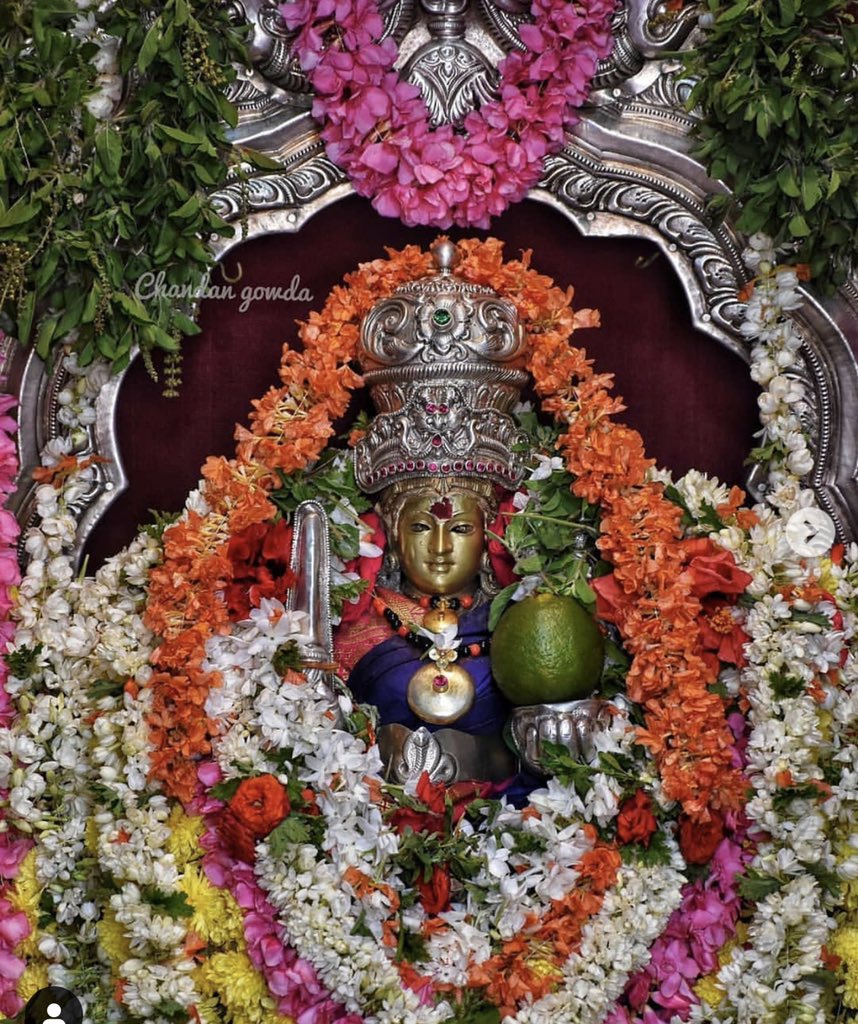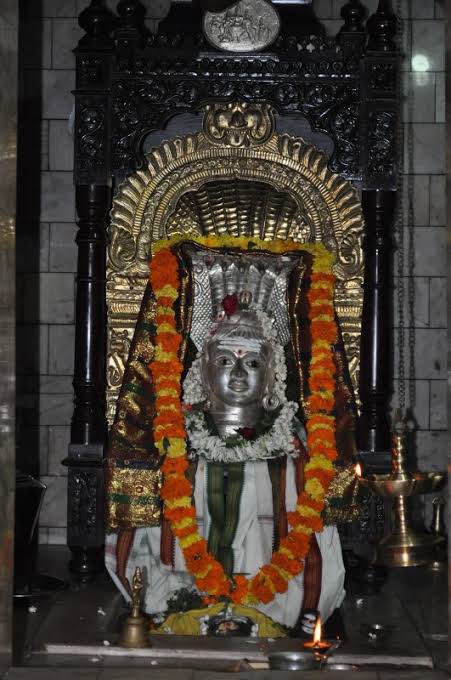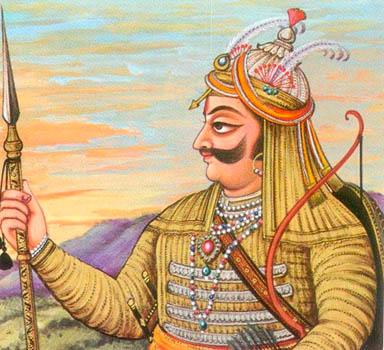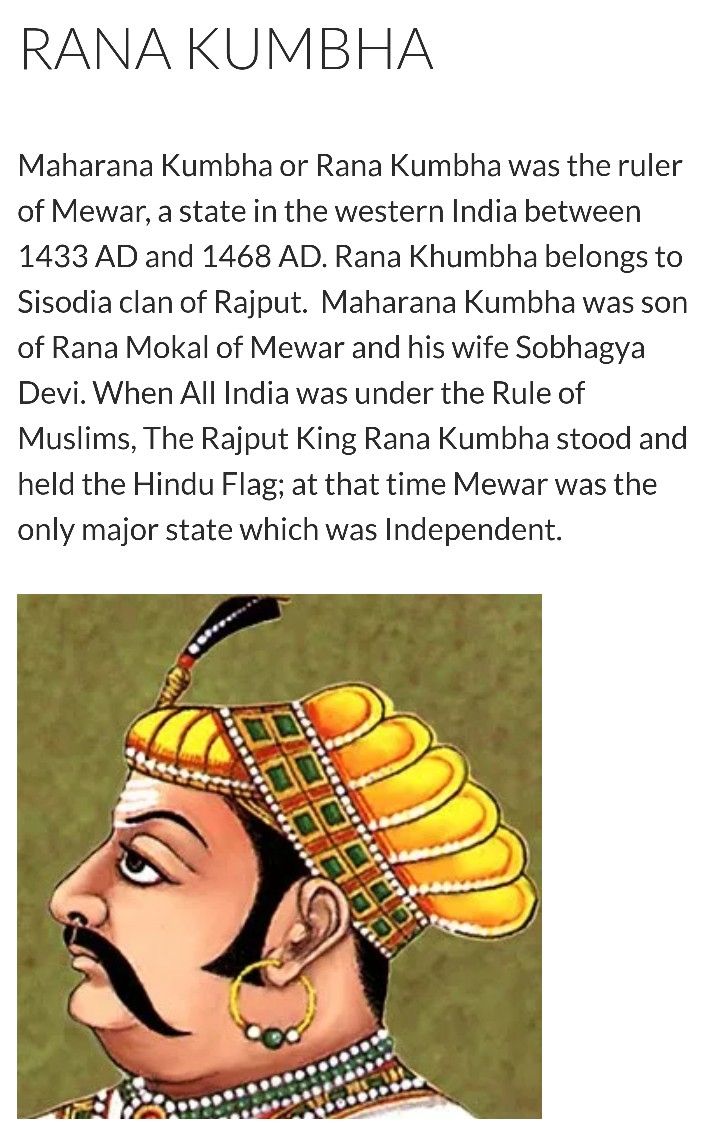(Forsyth, et. al. 2016)
Musicians and their constant battle with substance abuse: A [thread] of studies & findings on the subject 👇
(Forsyth, et. al. 2016)
(Miller & Quigley, 2011, p. 401)
(Patalano, 2000)
Also, the confessional recovery memoir is now an established and popular genre. (Oksanen, 2013; Forsyth, Lennox & Emslie, 2016)
Alcohol and marijuana have been employed to relieve creative anxiety or lack of confidence (Belli, 2009; Groce, 1991)
BUT 👇
Some are known to self-medicate using marijuana and alcohol (Roland, 1994)
Atlantic Records in the late 1960s was supplying marijuana and cocaine to artists, disc jockeys and journalists (Goodman, 1997)
Casablanca Records, LA had a large drug budget, the office was filled with people chopping cocaine. with visits from a woman who took their drug order for the next day (Dannen, 1990)
Hip hop subcultural identity brought a harder, rougher, more criminal edge, with street drug dealing a big fixture (Singer & Mirhej 2006)
More from Culture
You May Also Like
Following @BAUDEGS I have experienced hateful and propagandist tweets time after time. I have been shocked that an academic community would be so reckless with their publications. So I did some research.
The question is:
Is this an official account for Bahcesehir Uni (Bau)?

Bahcesehir Uni, BAU has an official website https://t.co/ztzX6uj34V which links to their social media, leading to their Twitter account @Bahcesehir
BAU’s official Twitter account

BAU has many departments, which all have separate accounts. Nowhere among them did I find @BAUDEGS
@BAUOrganization @ApplyBAU @adayBAU @BAUAlumniCenter @bahcesehirfbe @baufens @CyprusBau @bauiisbf @bauglobal @bahcesehirebe @BAUintBatumi @BAUiletisim @BAUSaglik @bauebf @TIPBAU
Nowhere among them was @BAUDEGS to find

The question is:
Is this an official account for Bahcesehir Uni (Bau)?

Bahcesehir Uni, BAU has an official website https://t.co/ztzX6uj34V which links to their social media, leading to their Twitter account @Bahcesehir
BAU’s official Twitter account

BAU has many departments, which all have separate accounts. Nowhere among them did I find @BAUDEGS
@BAUOrganization @ApplyBAU @adayBAU @BAUAlumniCenter @bahcesehirfbe @baufens @CyprusBau @bauiisbf @bauglobal @bahcesehirebe @BAUintBatumi @BAUiletisim @BAUSaglik @bauebf @TIPBAU
Nowhere among them was @BAUDEGS to find



